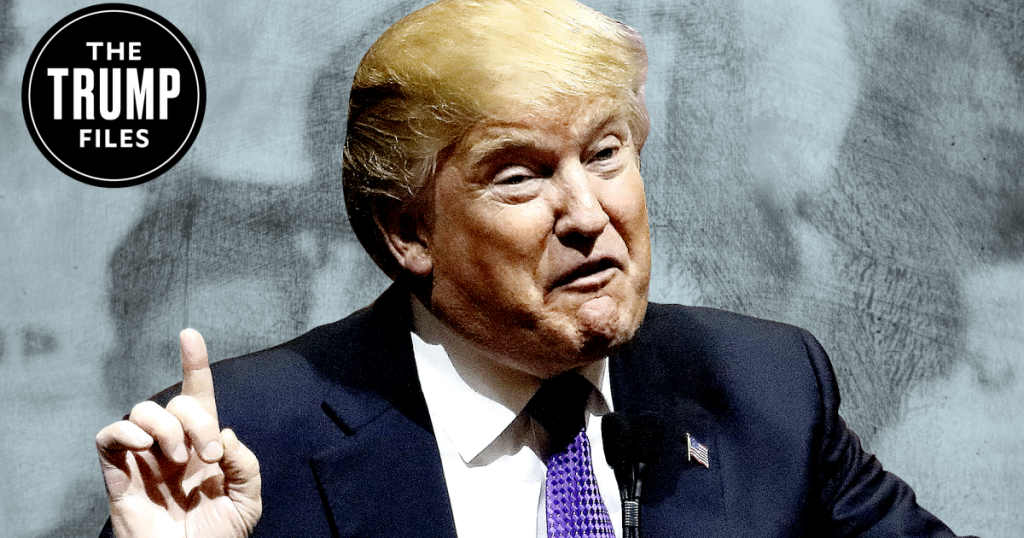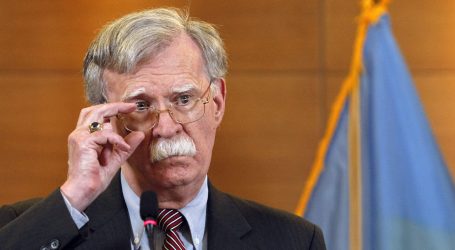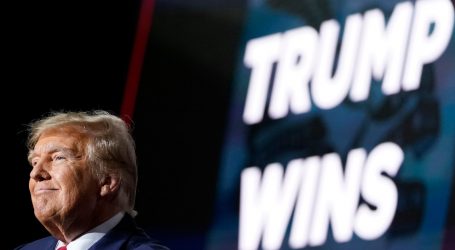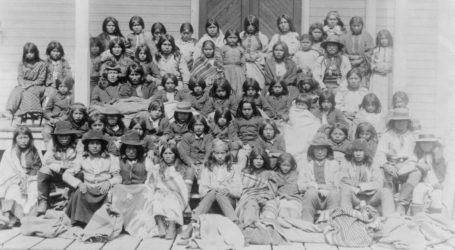The Trump Files: Donald Tried to Make His Ghostwriter Pay for His Book Party
Mother Jones illustration; Shutterstock
For indispensable reporting on the coronavirus crisis and more, subscribe to Mother Jones’ newsletters.This post was originally published as part of “The Trump Files”—a collection of telling episodes, strange but true stories, and curious scenes from the life of our current president—on July 22, 2016.
Donald Trump’s 1987 book, The Art of the Deal, helped secure his public image as a real estate genius and an ultimate symbol of the filthy rich. But that didn’t stop him from trying to charge the man who actually wrote the book for him, former magazine writer Tony Schwartz, hundreds of thousands of dollars after Trump threw a book party filled with “nine hundred second-rate celebrities” in December 1987.
Schwartz had just spent a year and a half shadowing Trump for the book, a process that, he told The New Yorker, was “draining” and “deadening.” But now his book was on the New York Times bestseller list, and Trump was throwing an over-the-top party to match. “Klieg lights lit a red carpet outside the building,” The New Yorker‘s Jane Mayer writes. “Inside, nearly a thousand guests, in black tie, were served champagne and fed slices of a giant cake replica of Trump Tower, which was wheeled in by a parade of women waving red sparklers. The boxing promoter Don King greeted the crowd in a floor-length mink coat, and the comedian Jackie Mason introduced Donald and Ivana with the words ‘Here comes the king and queen!’”
But the next day, Trump called Schwartz and told him to pay up. “After chatting briefly about the party, Trump informed Schwartz that, as his ghostwriter, he owed him for half the event’s cost, which was in the six figures,” Mayer writes.
Instead, Schwartz used Trump’s own evasive tactics on the mogul. “He drastically negotiated down the amount that he agreed to pay, to a few thousand dollars, and then wrote Trump a letter promising to write a check not to Trump but to a charity of Schwartz’s choosing,” Mayer writes. “It was a page out of Trump’s playbook. In the past seven years, Trump has promised to give millions of dollars to charity, but reporters for the Washington Post found that they could document only ten thousand dollars in donations—and they uncovered no direct evidence that Trump made charitable contributions from money earned by ‘The Art of the Deal.’”
Schwartz may have escaped being nickel and dimed by the billionaire—and he earned half of the book’s substantial royalties—but he doesn’t look back fondly on The Art of the Deal. “I put lipstick on a pig,” he told Mayer. “I feel a deep sense of remorse that I contributed to presenting Trump in a way that brought him wider attention and made him more appealing than he is.”





